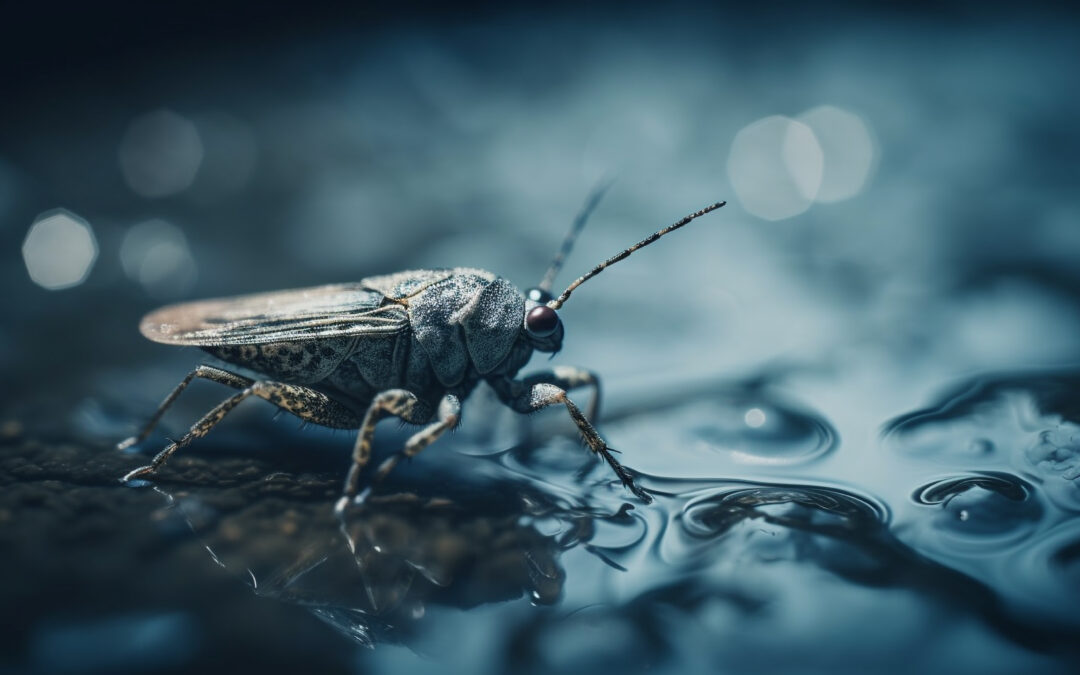Pest control is a vital step in safeguarding our homes and workplaces from unwanted invaders. Pests can cause significant health risks, property damage, and productivity loss, making regular pest management a necessity. However, one key question remains: how long do pest control treatments stay effective? Understanding this can help you plan and maintain a pest-free environment.
Types of Pest Control
Pest control treatments come in various forms, each suited to specific needs and circumstances:
- Chemical Pest Control: This involves using pesticides to eliminate pests effectively and quickly.
- Physical Pest Control: Employs traps, barriers, and other tools to manage pests manually.
- Biological Pest Control: Leverages natural predators to control pest populations in an eco-friendly manner.
Factors Affecting Pest Control Effectiveness
The effectiveness of pest control depends on several factors:
- Type of pest targeted: Different pests require specific treatments.
- Severity of infestation: A larger infestation may reduce the duration of effectiveness.
- Treatment method: The type of pest control (chemical, physical, or biological) determines how long it lasts.
- Environmental conditions: Factors like temperature, humidity, and weather can impact treatment efficiency.
Duration of Pest Control Effectiveness
Here’s how long you can typically expect each type of pest control to last:
- Chemical Treatments: Usually effective for 1–3 months before needing reapplication.
- Physical Controls: Methods like traps are effective until they are filled or require replacement.
- Biological Controls: Offer longer-lasting results but may be influenced by environmental conditions like weather.
How to Extend Pest Control Effectiveness
To maximize the longevity of pest control treatments:
- Maintain Cleanliness: Regular cleaning and sanitation remove food and water sources that attract pests.
- Store Food Properly: Use airtight containers and dispose of waste promptly.
- Seal Entry Points: Prevent pests from entering by sealing cracks and crevices.
- Schedule Regular Treatments: Keep infestations at bay with periodic pest control services.
Post-Pest Control Guidelines
After completing a pest control service, certain precautions are necessary to ensure safety and effectiveness:
- Wait Before Re-Entering: Stay out of the treated area for 2–4 hours as chemicals settle.
- Avoid Immediate Cleaning: Pre-clean the house before treatment; afterward, vacuum only non-treated areas.
- Fix Leaks Promptly: Repair any leaky taps or drainage issues to prevent pests from returning.
- Discard Contaminated Food: Throw away any food left out during treatment to avoid health risks.
- Dispose of Papers: Avoid leaving paper on the floor, as it can become a breeding ground for pests.
- Wear Gloves: Use disposable gloves for any post-treatment cleaning to protect yourself from chemical exposure.
Conclusion
Effective pest control is about more than just applying treatment—it requires understanding the method’s lifespan, environmental factors, and post-treatment precautions. Consulting a professional service like Ernest Pest Control ensures customized solutions for your pest problems, providing safety and peace of mind for the long term.
Keep your home pest-free with smart maintenance and regular pest control practices!





Recent Comments